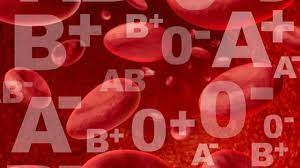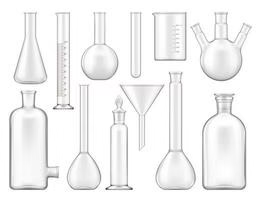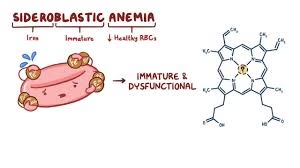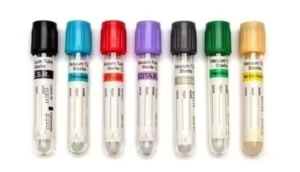
Introduction Inheritance of Blood Group System is determined by the presence or absence of specific antigens on the surface of red blood cells (RBCs). These antigens are genetically inherited from our Read More …
Simplifying Allied Health Learning.

Introduction Inheritance of Blood Group System is determined by the presence or absence of specific antigens on the surface of red blood cells (RBCs). These antigens are genetically inherited from our Read More …

Introduction Blood banking glassware plays an important role in various stages, such as collection, processing, testing, and storage of blood and its components. Although plastic disposables have largely replaced many glass items (such Read More …

Introduction The ABO blood group system is the most important classification used for blood transfusions, categorizing human blood into four main types: A, B, AB, and O. This classification is Read More …

Introduction Anaemia is a condition where the blood does not have enough healthy red blood cells or enough haemoglobin to carry oxygen. There are many types of anaemia, and each Read More …

Introduction Anticoagulants play a crucial role in ensuring that blood samples remain in a fluid state for testing, storage, and transfusion. Different anticoagulants are used depending on the test or Read More …